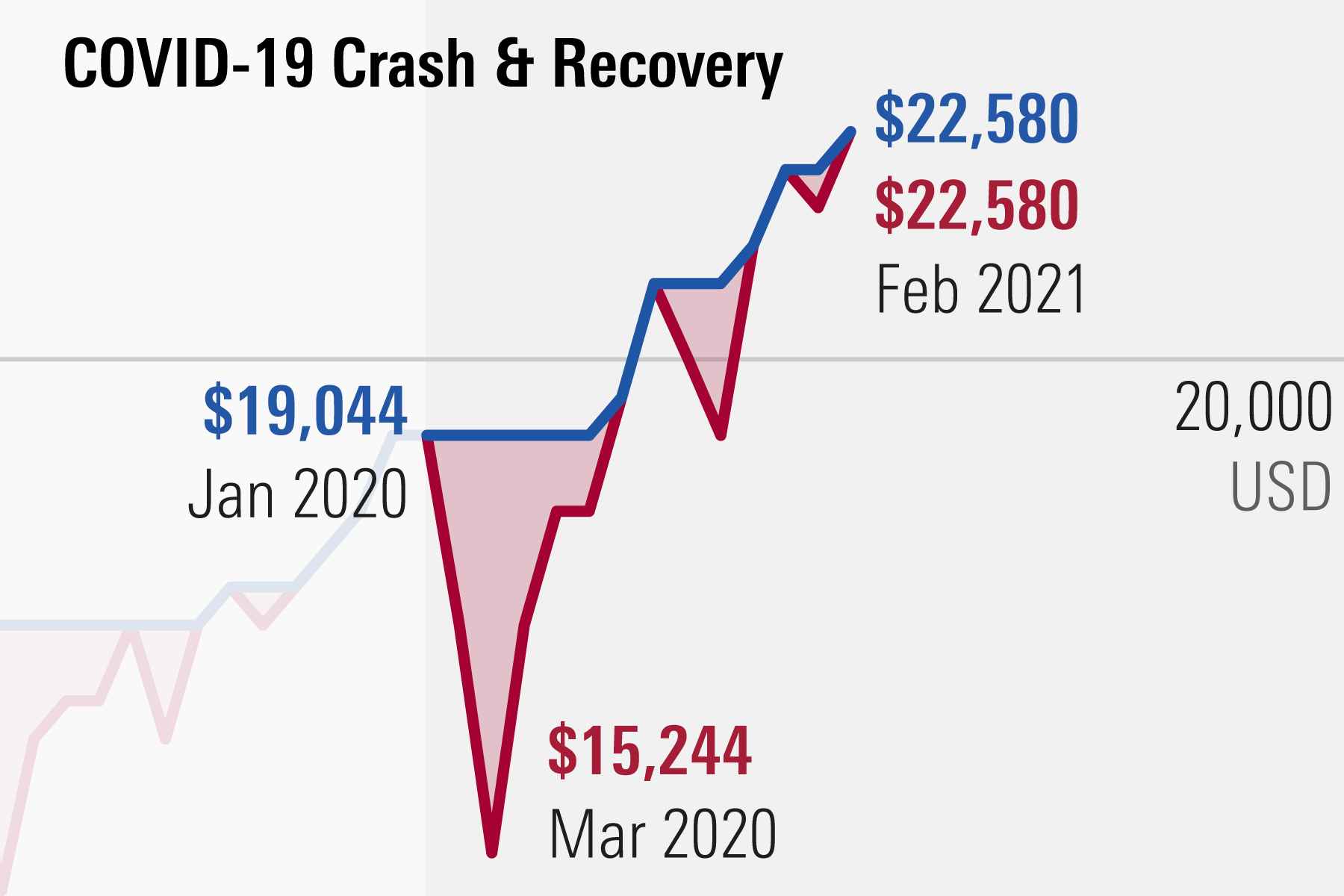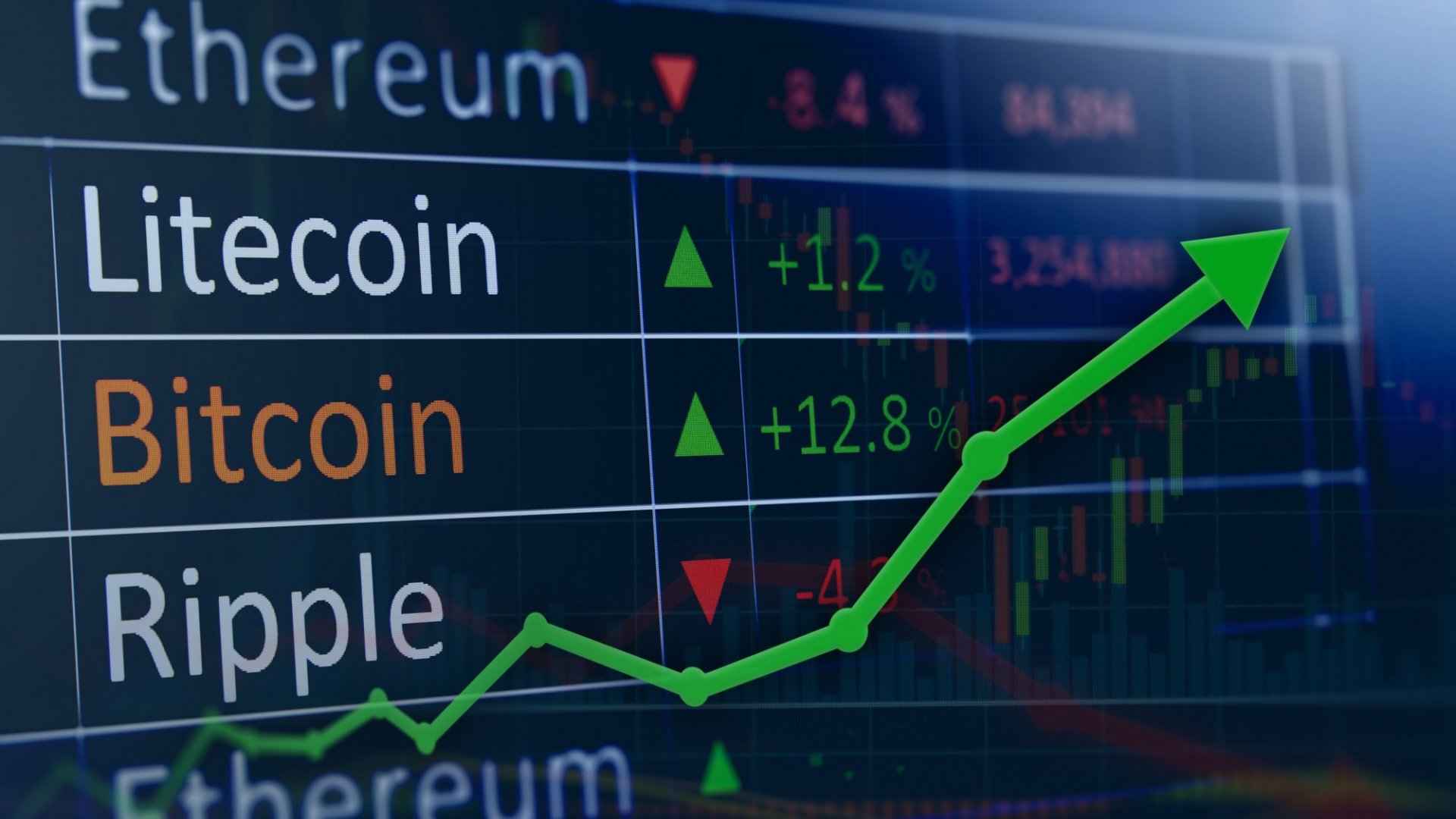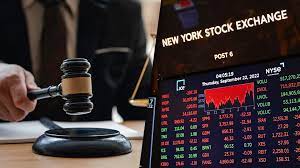What triggers a stock market recovery? It’s the question on every investor’s mind when markets tumble. Could it be a sharp eye on corporate earnings, or is it the central banks’ bold play? My pulse races with the market’s ebb and flow, and here, I’m sharing insider scoop on the comeback catalysts. Dive in as we explore early signs of rebound, the might of policy roles, shifts in investor sentiment, and the macro forces steering the ship back to prosperous shores. Get ready to spot the signs that could herald a much-awaited market revival.
Identifying Early Signals of Market Rebound
Corporate Earnings Reports and Growth Outlook
When you hunt for recovery signs, first look at earnings reports. These tell us if companies make more money. When profits rise, it’s a win for the stock market. We call this earnings growth. It’s like a health check for companies. Strong earnings often mean a company is doing well. It can signal a market on the upswing.
Often, we see a switch from bear to bull markets when this happens. So I keep an eye on these reports. They help us spot which way the market winds blow. Investors feel good when earnings look up. This boost of trust can shift the whole market.
Shifts in Trading Volume and Market Liquidity
Next, let’s talk about how much stock is traded, or its “trading volume.” When more people buy and sell stocks, the volume goes up. This is a key clue that confidence is back. More trades mean more belief in the market.
Market liquidity is also big news. It’s about how easy you can buy or sell without affecting the stock price. Think of it like water flow. When there’s lots of water, it flows easy. In the market, this means you can trade fast without big price jumps.
So, higher trading volume and good liquidity can point to a market bounce-back. This shows that not just a few, but lots of folks are diving back in, ready to invest. When I see this, I tell people, “Keep your eyes peeled. The market might just be getting its groove back.”
Changes in these areas, like more folks trading and easier buying and selling, can kick off a comeback. They’re like the first green shoots in spring, showing us that growth is on the horizon. So I watch these signs, ready to catch the next wave of market recovery. It’s all about seeing the change before it’s clear to everyone. That way, we’re set to ride the upswing when the tide truly turns.
Understanding Central Bank and Government Policy Roles
Central Bank Interventions and Interest Rate Policies
Big things happen when central banks step in. They can lower rates to make borrowing cheap. This helps people and businesses spend and invest more. Let’s say rates fall. People buy homes and cars on credit. Companies borrow to grow. This boosts stocks. And when people expect rates to go up again, they act fast. They invest before rates rise. This can spark a stock market rally.
Central banks also do what’s called “quantitative easing.” This means they buy bonds. This adds cash to the system. More cash can mean more lending and spending. This can lift stocks too.
Lower rates make saving less appealing. So people might buy stocks instead. This can rally the market. It’s not just any buys that count. Big buys, from “institutional investors,” do a lot. If they buy a lot, it’s a big deal. It means they have faith in the market’s future.
Now, if central banks get it right, people feel good. They think things will get better. If they don’t, well, that’s another story. The key is they must move just right, not too fast, not too slow. It’s like finding the sweet spot when you swing a bat. Hit it right, and you could knock it out of the park.
Fiscal Stimulus Measures and Financial Sector Performance
Let’s talk government moves now. A big one is “fiscal stimulus.” Think tax cuts and spending by governments. This puts money in folks’ pockets. And what do people do with extra cash? They spend it. This can juice up the economy. When a government spends, say on roads or schools, jobs pop up. More jobs mean less unemployment.
When folks work, they have money. When they have money, they spend. If they spend, companies profit. When companies profit, their stocks often go up. This is how fiscal stimulus can help stocks bounce back.
Sometimes, the government helps certain sectors, like banks. They might guarantee bank loans. Or invest in these banks. This gives banks a safety net. It helps banks keep lending. When banks lend, businesses can do more. They can hire, invent, and sell. This can mean good things for their stocks.
Government policy swings can sway the market too. New policies can bring change. They can open doors for new growth. Investors watch these moves. They try to read the market’s future. They look for signs, like calmer markets or higher stock prices. These can hint that a recovery is near.
When new policies show promise, folks get hopeful. They feel safe to invest. This can drive a market comeback. Good government moves can cheer up the market, like a good joke can lift a mood.
Now, these are hefty tools. They can change the game. They must be used with care. But get them right, and they can help the market turn from sad to glad. They can help kick-start a rally when times look grim. They can be the light at the end of the tunnel for stocks stuck in a slump.
Changes in Investor Behavior Signaling Recovery
Investor Confidence Restoration and Institutional Investment Trends
When investor trust comes back, the stock market often starts to heal. People feel good and start buying stocks again. Big firms do this, too. They put a lot of money in when they see chances. When this cash flows in, the stock market gets stronger. It’s like a big group of friends all deciding to dive back into the pool at the same time; their splash can send waves through the whole market.
So how do we know when confidence is back? We watch for key signs. One big one is when we see more people trading stocks. This means they believe they can make money. We also look at how steady prices are. Less jumpiness in stock prices is a good sign. It means that folks are less scared and feel better about where the market’s headed.
When big banks change interest rates, this can help stocks, too. Lower rates make borrowing cheaper. That can lead firms to spend more on growing their business, which can mean more profit later on. And when the government helps out with extra money for people or projects, this can juice up the stock market, too.
Sector-Specific Performance: Technology and Healthcare
Now, let’s chat about tech and health stocks. They often lead the way in a recovery. Why? Because they’re super important parts of our lives. Think about it. We’re always using gadgets and, of course, we all want to stay healthy. So, these companies can keep making money, even when times are tough.
Tech businesses grow fast, and folks get excited about the next big thing, like new phones or smarter cars. And in health, well, no one stops needing medicine or check-ups, right? That’s why these stocks are often tough as nails in rough times, and they jump ahead first when things turn around.
But no matter the sector, when a stock’s price makes sense compared to how much money the company makes, it’s like a green light for investors. They start thinking it might be a good deal. And when everyone sees the same green light, they start buying, which can really get a market recovery rolling.
Remember, the stock market can be a bit like the weather – hard to predict and always changing. But by keeping an eye on these signals and trends, you can get a pretty good idea of when the clouds are clearing and sunny days are ahead in the market. And that, my friends, is a little peek into how we spot a market’s turnaround. Keep these tips in your pocket, and you might just catch the next wave of recovery right as it starts to build.
Macroeconomic Factors and the Road to Recovery
Unemployment Rates and Consumer Spending Patterns
Did you know that when more people have jobs, they can spend more money? This is a tale as old as time but as true today as ever. You see, the link between jobs and spending is like peanut butter and jelly. They just go together. As unemployment rates drop, folks feel better about their bank accounts. They go out and buy things. This is crucial for our shops, factories, and the whole economy.
Now, when shops see more cash coming in, they think, “Hey, let’s make more stuff.” They hire more people, and the cycle of good vibes keeps rolling. This is what we call a positive feedback loop. It’s like a snowball getting bigger as it rolls downhill. This loop can often be seen when we go from a bear to a bull market.
So what about when folks buy things from other countries? It gets a little more tricky. We need stable money for this dance to go smoothly. If our dollar keeps steady, we can trade without missing a beat. This smooth trade helps everyone trust the market. And trust, my friends, is a sort of magic dust for market recovery.
Now, when countries get along, like pals sharing a sandbox, it calms everyone down. This calm can spread from people to the markets. Suddenly, investors feel brave. They open their wallets. Stocks start to smile again. We see consumer spending trends go up, which means more good news for businesses.
When people have more in their pockets and trust the world is steady, they bring their money to the stock market. Businesses reflect this optimism in their better earnings reports. Before you know it, market rebound signals begin flashing green. Remember, job numbers and how much we spend are huge signs of what’s next.
Soaring unemployment pulls us down, but as it dips, our spirits—and the market—rise.
Global Events: Currency Stabilization and Geopolitical Stability
Now let’s talk about our friends around the globe. Money likes stability. When currency doesn’t jump around, it’s easier to trade. It’s like having a steady hand while pouring milk into your cereal. No spills, no surprises. Smooth trades mean happy investors. And when investors smile, markets tend to perk up.
Peace talks more than just countries. It talks to markets too. If countries play nice, markets tend to relax. A relaxed market is a happy market. It’s like when the weather’s good, and you can take a long walk. You feel good, right? Well, so do markets when the world stage is steady.
When countries sign trade deals, it’s a high-five for the stock market. It opens doors, paves roads, and markets love moving forward. Emerging market effects can often be a surprise boost, sparking extra jump in our market steps.
All in all, these big world events and trends can really stir the pot. They help us look past dark days to see the dawn of market recovery. With jobs on the rise and the world in sync, the bear takes a nap and the bull starts to run. Keep an eye out for these signs. They hold the clues to our market’s next move.
In this post, we’ve explored key signs of market recovery. We looked at corporate earnings and trading shifts that hint at economic bounce-back. We also dove into how central banks and governments use tools like interest rates and fiscal aid to steer the market. On top of that, we saw changes in how investors think and where they put their money, especially in tech and healthcare.
To close, it’s clear that spotting a market rebound needs a sharp eye on many pieces that fit together—money trends, policy moves, and investor habits all play a role. The big picture also includes job trends and shopper spending, plus world events that can shake or steady economies. Keep an eye on these factors, and you’ll be better prepared for what the market throws your way.
Q&A :
What factors can initiate a recovery in the stock market?
Market recoveries can often be initiated by a combination of factors that restore investor confidence and encourage buying activities. These might include positive economic indicators, such as strong employment figures or GDP growth, calming of previous market concerns, such as the resolution of geopolitical conflicts, central bank policy interventions like interest rate cuts or quantitative easing, and corporate earnings exceeding expectations. Improvements in consumer sentiment and stabilizing global events can also act as a catalyst to trigger a market turnaround.
How does government action influence stock market recovery?
Government actions can have a significant impact on stock market recovery. Steps such as fiscal stimulus packages, tax reforms, and increased public spending can boost economic growth and lead to improved market sentiment. Additionally, regulatory changes that encourage investment or enhance the business environment can also contribute to a rejuvenated market. In times of crisis, governments can be pivotal in stabilizing the stock market by providing liquidity and reassuring investors.
Can market sentiment lead to a stock market recovery?
Yes, market sentiment is a key driver of stock market recovery. Sentiment shifts in the financial markets can lead to recoveries as investors start to perceive stocks as undervalued and begin to invest again, which drives up share prices. Positive changes in sentiment can be influenced by a variety of factors, including media reports, analyst forecasts, changes in economic outlook, and the collective actions of institutional investors.
What role do central banks play in stock market recoveries?
Central banks can play a pivotal role in stock market recoveries through their monetary policy decisions. By adjusting interest rates, engaging in open market operations, or using unconventional tools like quantitative easing, central banks can influence borrowing costs, liquidity, and investor confidence. These interventions can stabilize financial markets, encourage lending and investment, and in some cases directly increase asset prices, thus helping to speed up the recovery process.
To what extent do global events impact stock market recovery?
Global events can profoundly impact the pace and sustainability of a stock market recovery. Events such as international trade agreements, political stability, technological advancements, or coordinated economic policies among countries can enhance investor confidence and drive global capital flow. Conversely, negative global events like trade conflicts, wars, or pandemics can hinder recovery due to increased uncertainty and risk aversion. Therefore, monitoring global events is crucial for understanding and predicting stock market movements.



